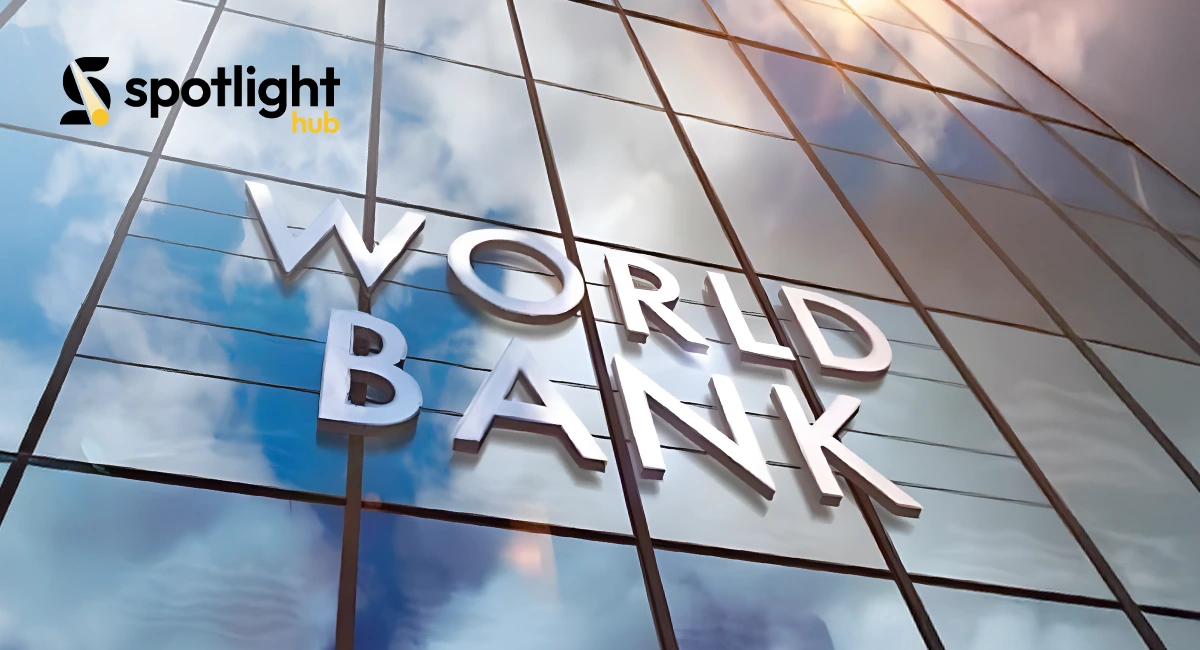Can loans really fix an economy, or do they just pile up more debt? That’s a question many Pakistanis ask whenever the country secures international funding.
This time, the World Bank has approved a $102 million loan for Pakistan, aimed at boosting development and infrastructure projects. But what does that really mean for the economy, businesses, and everyday people? Let’s break it down in simple terms.
What Is the Loan for?
This $102 million loan isn’t just free money it comes with a purpose. According to reports, the funds will be used for infrastructure development, energy projects, and economic reforms. The goal is to improve public services, create jobs, and boost Pakistan’s financial stability.
A big chunk of the loan will likely go into transportation, urban development, and possibly renewable energy. These are areas where Pakistan needs serious improvement, and if managed well, this investment could bring long-term benefits.
Impact on Pakistan’s Economy
Any loan, no matter how big or small, comes with pros and cons. If used correctly, this funding could help reduce power shortages, upgrade roads, and improve urban facilities—all of which can drive economic growth. Better infrastructure means smoother business operations, more job opportunities, and increased investor confidence.
However, loans also add to Pakistan’s existing debt burden. The country already has massive external loans, and repayment is always a challenge. The real question is: Will the money be spent wisely, or will it disappear without real impact?
What This Means for Businesses & Citizens
The impact of this loan depends entirely on how well the money is used. If managed properly, it could bring real benefits to businesses and the general public. But if misused, it could add to Pakistan’s growing debt burden without solving any real issues.
Here’s what it could mean for different sectors:
For Businesses:
- Better infrastructure is equal to smoother operations: Improved roads and transport systems mean faster deliveries, lower logistics costs, and more efficient supply chains, which can help businesses grow.
- A more stable energy supply: Power shortages have been a major hurdle for industries. If part of the loan is used for energy projects, factories and businesses could operate without frequent disruptions.
- More investor confidence: A well-utilized loan can signal to investors that Pakistan is serious about development, attracting more local and foreign investments.
For Citizens:
- More job opportunities: Infrastructure projects often create jobs in construction, engineering, and related industries, which can benefit thousands of workers.
- Better public services: If the money is used for urban development, we could see improvements in public transport, water supply, and city planning, making daily life easier.
- Potential financial risks: If the loan isn’t repaid on time, it could lead to higher taxes, rising inflation, or spending cuts in other important areas like healthcare and education.
Final Thoughts
International loans can be a lifeline or a liability, depending on how they are used. If Pakistan invests this $102 million wisely, it could lead to economic stability, better infrastructure, and new opportunities. But poor planning or misuse could turn it into just another debt to repay. The next few months will reveal how this money is handled—and whether it truly benefits the country.










